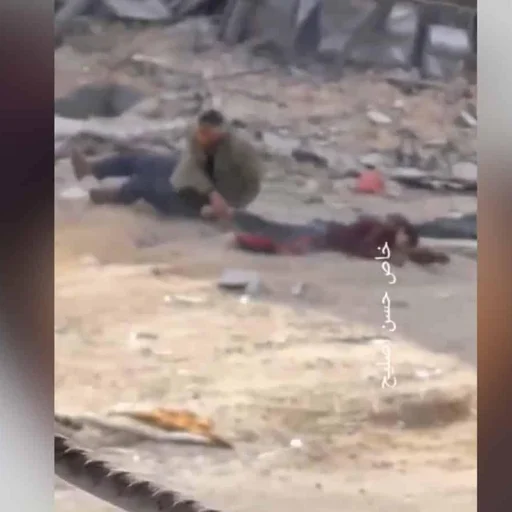A recently established ceasefire in Gaza was shattered when Israeli forces killed two Palestinian children in Rafah on January 20. This tragic event happened just one day after a truce between Israel and Hamas was put in place on January 19, a ceasefire intended to bring calm to the conflict-ridden area. One of the children was identified as Zakaria Hamid Yahya Barbakh, who was shot near al-Awda Square in Rafah. The killing of these children has led to widespread outrage and mourning.
Reports suggest that Israeli soldiers also fired upon a civilian who attempted to assist the wounded child. According to the Israeli military, their forces were responding to “violent disturbances” along the border fence. In contrast, human rights organizations and Palestinian officials have strongly denounced the killings. This event highlights the fragile nature of the ceasefire agreement and the significant difficulties in achieving lasting peace in the region.
The father of Zakaria, Hamid Barbakh, expressed his deep sorrow, stating, “They killed my son in cold blood.” This resumption of violence has ignited serious concerns about the potential for a long-term resolution and the safety of civilians, particularly children, living in the Gaza Strip. As a result, there are renewed demands for international intervention to safeguard Palestinian lives and prevent future violations of the ceasefire.
The incident raises critical questions about the effectiveness of ceasefires in protecting civilians. Furthermore, it calls attention to the continuing challenges in establishing a stable and lasting peace in the region. The international community is now under increased pressure to address the ongoing conflict and ensure that measures are taken to protect vulnerable populations. The loss of young lives underscores the human cost of the ongoing conflict and the urgent need for a sustainable solution.
